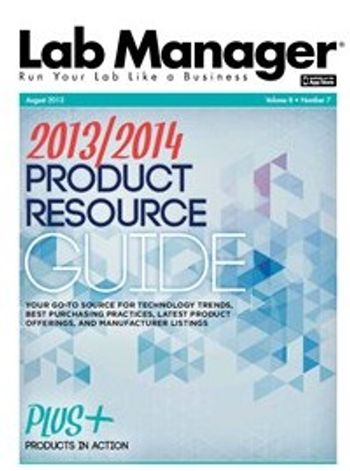
Ultraviolet-visible (UV-Vis) spectrophotometry is arguably the most common as well as one of the oldest forms of absorption-based analysis. UV and visible regions of the electromagnetic spectrum are contiguous: UV wavelengths range from 10 to 4000 angstroms; they are visible from 4000 to 7000 angstroms.
According to data from Strategic Directions International (Los Angeles, CA), the market for scanning UV-Vis spectrophotometers is approximately $400 million per year, with an annual growth rate of six percent.
Top 4 Signs that You Should Service or Replace Your UV-Vis Spectrophotometer
- If monitoring against known standards suggests the spectrometer is not performing according to its design parameters, the instrument needs to be recalibrated.
- Your current instrument does not provide the speed, ease of use, mobility, or reliability you need for your applications.
- Sample prep with your current instrument is awkward and takes too much time. Based on the throughput of your lab, you may need an instrument with more automation.
- You are experiencing problems with various system components such as mirrors, gratings, scanners, and other moving parts. This may mean replacing components or that the instrument simply needs to be cleaned.
Top 5 Questions You Should Ask When Buying a UV-Vis Spectrophotometer
- What applications will you be using the instrument for? This will help you determine the detection range you require. Don’t forget to consider future applications that may require a broader range.
- What range of stray light performance are you comfortable with for your application and budget?
- Consider what sort of samples you’ll be working with in order to determine what absorbance range you will need in your UV-Vis spectrophotometer. For example, if it is a turbid or concentrated liquid or a solid sample that is optically thick, you may require a working absorbance range between 5 A and 8 A or higher.
- What level of throughput and reliability do you need?
- How much will the instrument cost? Don’t forget to factor in the cost of maintenance, etc. along with the cost of acquisition.
Article courtesy of LabManager Magazine
Visit our UV/VIS Spectrophotometers category on LabWrench
